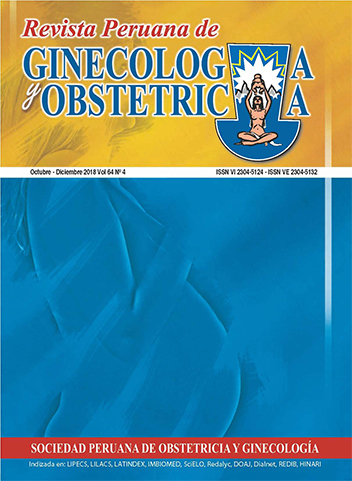Fetoscopic laser surgery for twin to twin transfusion syndrome
DOI:
https://doi.org/10.31403/rpgo.v64i2130Abstract
Twin to twin transfusion syndrome (TTTS) is a complication of circa 10% of all monochorionic pregnancies (MC). A predominantly unidirectional, net intertwin blood flow through placental vascular anastomoses triggers a variety of complex renal and cardiovascular disturbances in both fetuses. Left untreated, severe TTTS leads to a mortality rate above 80% and 15-50% morbidity in the survivors. Fetoscopic laser coagulation (FLC) of the placental anastomoses is the first line treatment for severe cases before 27 weeks and it has been shown to improve perinatal outcomes. The risk of preterm premature rupture of membranes (PPROM) and prematurity associated with FLC has to be balanced with the risk of adopting expectant management in every particular case. Since there is no accurate way to predict the evolution of the disease, and no effective method to prevent post-procedure PPROM has been described, the indication of FLC is as challenging as the procedure itself.Downloads
Download data is not yet available.
Downloads
Published
2018-12-11
How to Cite
Gil Pugliese, S. (2018). Fetoscopic laser surgery for twin to twin transfusion syndrome. The Peruvian Journal of Gynecology and Obstetrics, 64(4), 607–614. https://doi.org/10.31403/rpgo.v64i2130
Issue
Section
Simposio - Cirugía Fetal en América Latina
















